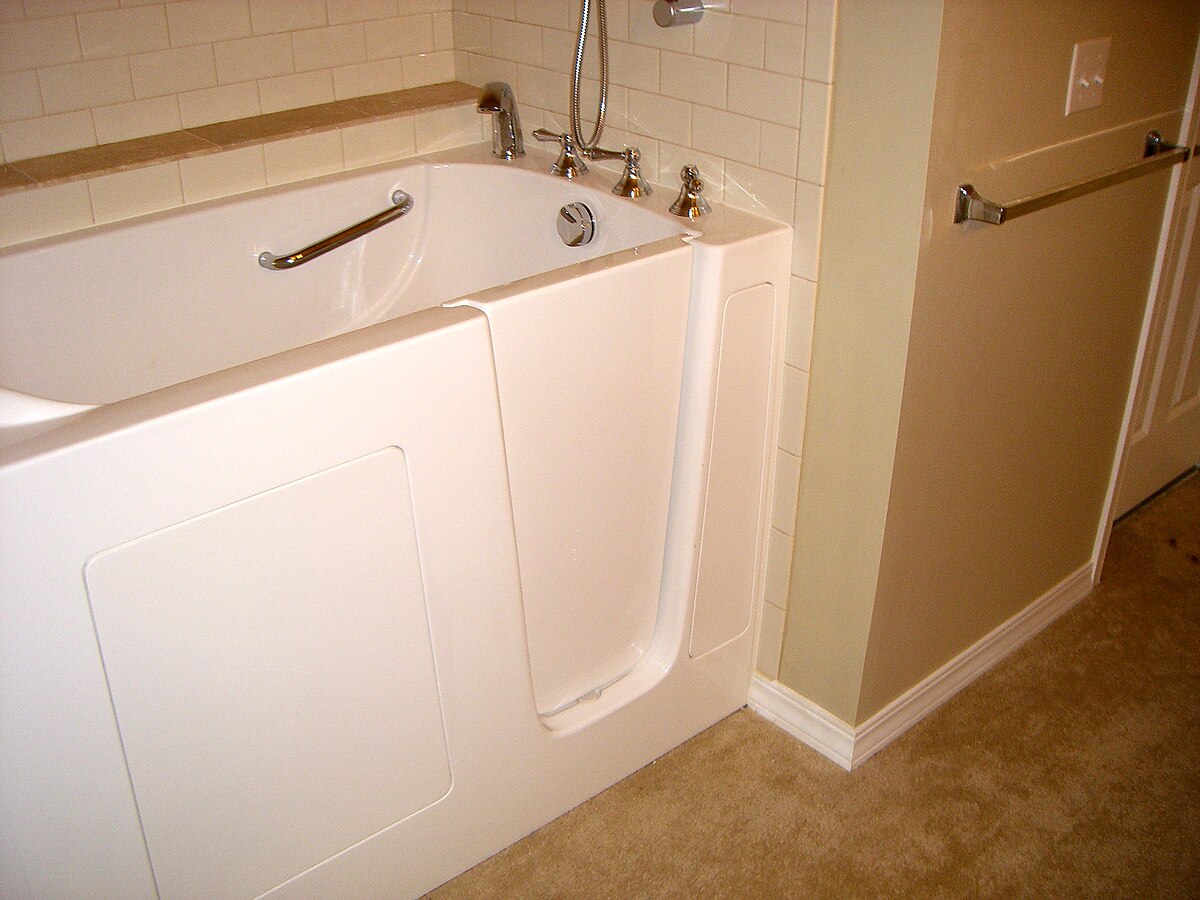Senior-Friendly Bathroom Design: Enhancing Safety and Comfort
Discover how to transform your bathroom into a safe haven for seniors. This comprehensive guide explores innovative design strategies, cutting-edge technologies, and practical modifications to create accessible bathrooms that promote independence and well-being. From slip-resistant flooring to smart toilets, learn how to blend functionality with style in senior-friendly bathroom renovations.
Creating a safe and accessible bathroom for seniors is crucial for maintaining independence and quality of life. Let’s explore the essential elements of a senior-friendly bathroom design, from foundational features to cutting-edge technologies.
- Shower Safety: The Heart of Accessible Bathrooms
The shower area is a critical focus for senior-friendly bathroom design. Key features include:
- Zero-threshold entry: Eliminates tripping hazards and allows easy wheelchair access
- Textured flooring: Reduces slip risks in wet conditions
- Strategically placed grab bars: Offer support during entry, exit, and while bathing
- Adjustable showerheads: Provide flexibility for seated or standing use
- Built-in seating: Allows for comfortable, safe bathing experiences
These elements combine to create a shower space that prioritizes safety without sacrificing comfort or aesthetics.
- Optimizing Layout for Accessibility
An effective bathroom layout is crucial for senior mobility. Consider these design principles:
- Wider doorways (32+ inches): Accommodate wheelchairs and walkers
- Ample turning space: Ensure a 60-inch diameter clear area for maneuverability
- Elevated toilet seats (17-19 inches): Facilitate easier transfers
- Wall-mounted or wheelchair-accessible sinks: Provide knee clearance and easier reach
- Easy-to-operate fixtures: Install lever-style faucets for those with limited dexterity
- Enhanced lighting: Implement layered lighting to reduce accident risks
Thoughtful layout design creates a functional, safe space that maintains a pleasing aesthetic.
- Additional Safety Enhancements
Beyond core elements, consider these features to further improve bathroom safety:
- Anti-scald devices: Prevent accidental burns from hot water
- Slip-resistant flooring throughout: Minimize fall risks in all areas
- Raised countertops: Reduce the need for bending
- Accessible storage solutions: Incorporate pull-out drawers and lower shelves
- Emergency call systems: Install waterproof alert buttons for peace of mind
- Color contrasts: Aid navigation for those with visual impairments
These additions contribute significantly to overall bathroom safety and usability for seniors.
- Leveraging Technology for Enhanced Accessibility
Modern technology offers innovative solutions for senior-friendly bathrooms:
- Motion-activated lighting: Automatically illuminates spaces to prevent accidents
- Voice-controlled systems: Allow hands-free operation of various bathroom functions
- Smart toilets: Feature automatic functions for improved hygiene and ease of use
- Digital shower controls: Offer preset temperature and flow settings for safer showering
- Heated flooring: Provides comfort and reduces slip risks on cold surfaces
Integrating these technologies can dramatically improve the bathroom experience for seniors.
- Budget Considerations for Accessible Bathroom Remodels
While costs vary based on project scope and chosen features, here’s a general overview of potential expenses:
| Feature | Estimated Cost Range |
|---|---|
| Walk-in shower | $3,000 - $15,000 |
| Grab bars (each) | $100 - $300 |
| Raised toilet | $200 - $600 |
| Non-slip flooring | $3 - $8 per sq. ft. |
| Doorway widening | $500 - $1,000 |
| Accessible sink | $200 - $1,000 |
| Smart toilet | $1,000 - $7,000 |
| Heated flooring | $6 - $12 per sq. ft. |
Note: Prices are estimates and may vary. Always research current market rates before making financial decisions.
While the initial investment may seem substantial, the long-term benefits of increased safety, independence, and quality of life for seniors are invaluable. Many of these modifications can also increase overall home value.
Conclusion:
Creating an accessible bathroom for seniors requires careful planning and consideration of various factors. By focusing on shower safety, optimized layouts, additional safety features, and innovative technologies, you can design a space that promotes independence and well-being for seniors with mobility challenges. Whether undertaking a complete remodel or making targeted improvements, investing in bathroom accessibility can significantly enhance the quality of life for seniors aging in place, providing them with a safe, comfortable, and dignified living environment.







